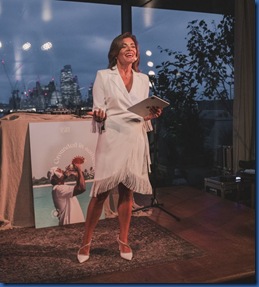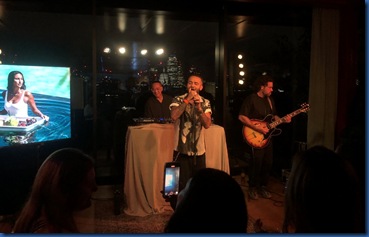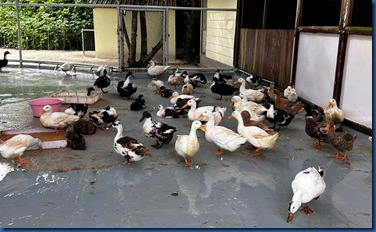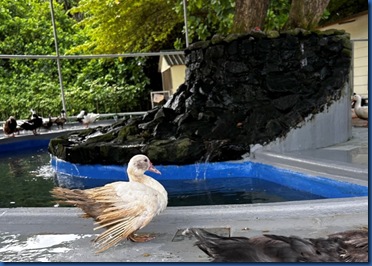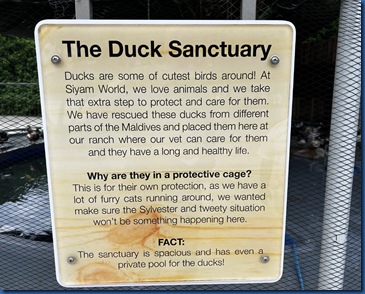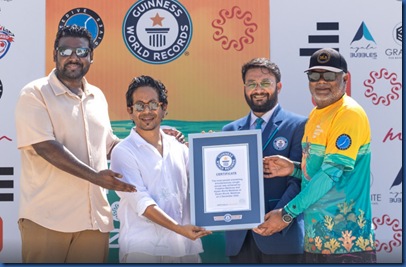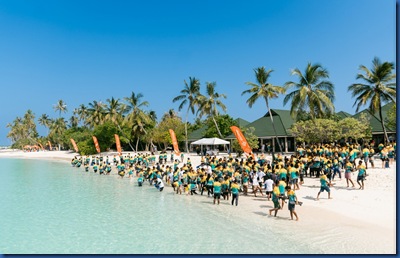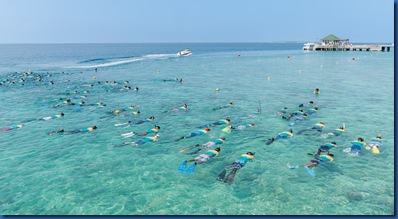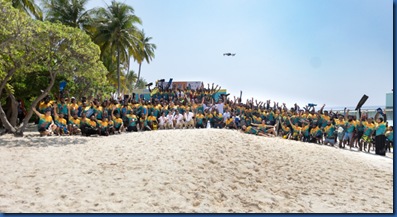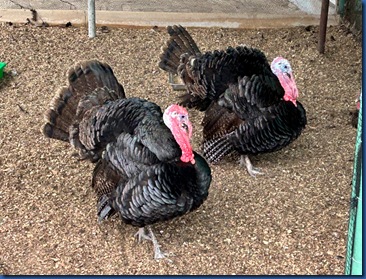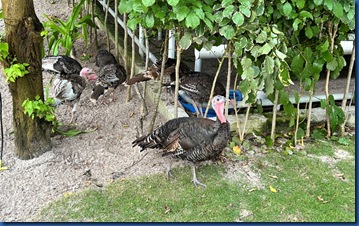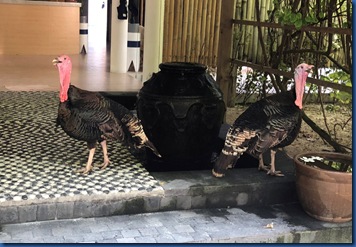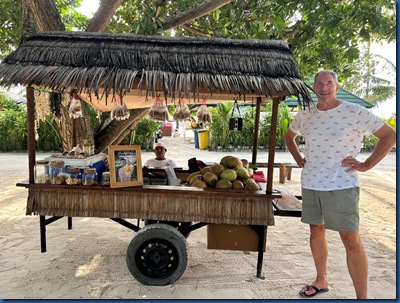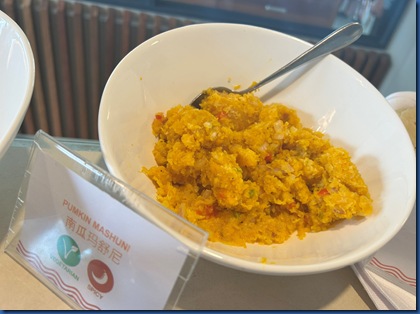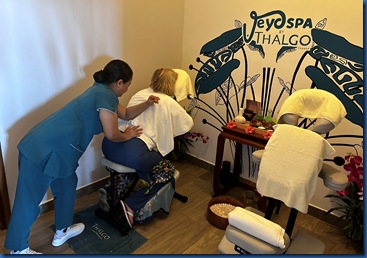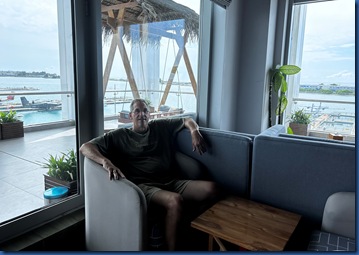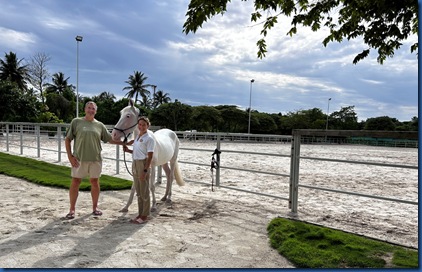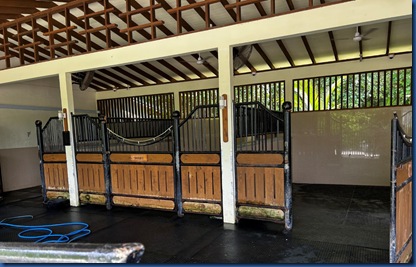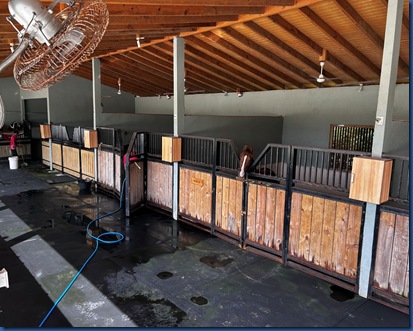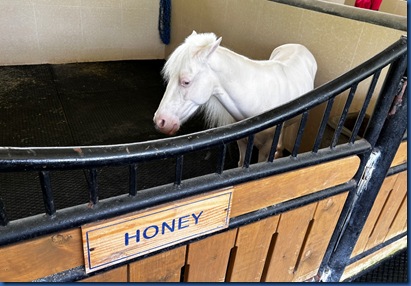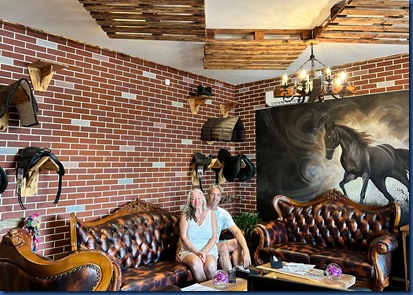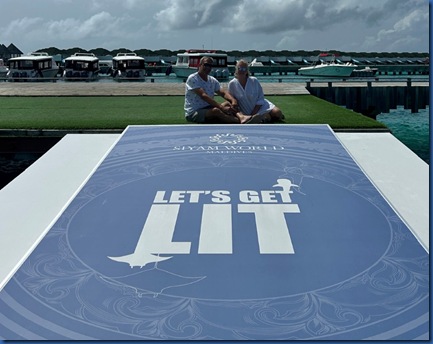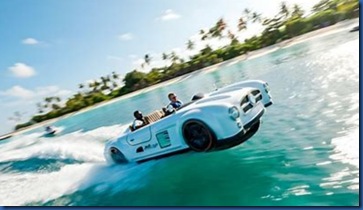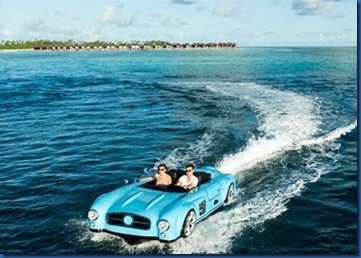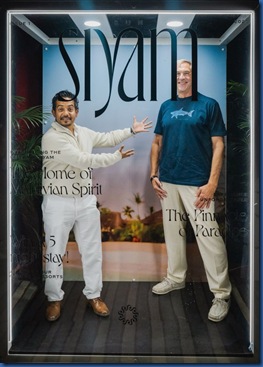
One of the great joys of working on Maldives Complete is the escapism to paradise that it provides me while hunkering down in the grey days of England. And as the days are growing shorter and the winds colder, Sun Siyam brought an evening of Maldivian sunshine to London to announce its brand revamp on the occasion of its 35 year anniversary:
- “More than a visual refresh, the brand (r)evolution introduces a bold new brand statement anchored in The Home of the Maldivian Spirit, reinforcing the group’s position as one of the Maldives’ most culturally authentic resort operators. The transformation elevates guest journeys with new Signature Experiences introduced across all six resorts and strengthens direct relationships with customers through Siyam Rewards. A single identity now unites the group’s five Maldivian resorts and its Sri Lankan retreat under The House of Siyam. To help guests and partners navigate the portfolio, each property is now grouped under three distinct collections: Luxury, Privé and Lifestyle.”
The positioning makes a lot of sense for a successful player in the Maldives market. If you grow with your success, you have to add new islands as the diminutive land masses contain what you can add to existing properties. If you add new islands, then you risk having your properties competing with each other. So you have to have some differentiation so people can choose your brand for its brand values and reputation (eg. the signature experiences), but choose specific variations based on more targeted price points or vibe.
The London event featured more than just the sunny warmth of Maldivian festivity, but a few special guests. First was Dolores Semeraro, serving as vibrant emcee for the evening, who was one of the first people we met in the Maldives when she was running marketing for LUX South Ari Atoll in 2012. She and her husband, Dominik Ruhl, are part of the early pioneers in the Maldives travel sector and are now leading experts on the sector who have helped me with Maldives Complete on many occasions.
Also, gracing the stage was Aston Merrygold, of the band JLS and “Strictly Come Dancing” fame. A real class act, he and his family are fans of the Siyam resorts. He did more than a token set, but played multiple sets and spend time in between talking with the guests (who took many selfies), and even performed his signature backflip on stage.
